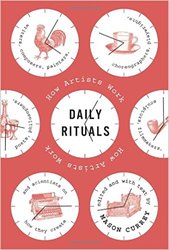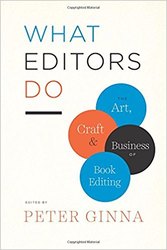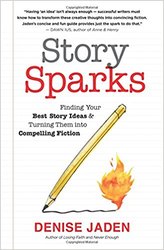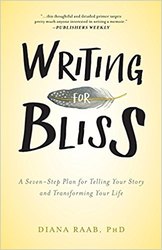
Carol Vorvain (@writersboon) is an Australian international lawyer, mediator, author and founder of Writers Boon. Her books, When Dreams are Calling, Why not? - The island where happiness starts with a question and A Fool in Istanbul - The adventures of a self-denying workaholic have been featured in a number of travel magazines including the International Traveller magazine and can be found in libraries, bookstores and on Amazon.
Writer's block. What do we know about it? Do we know what causes it? More importantly do we know how to overcome it?
Let those wonderful books help you understand what is going on with you and what you need to do to regain your inspiration and love for writing.
 Franz Kafka, frustrated with his living quarters and day job, wrote in a letter to Felice Bauer in 1912, “time is short, my strength is limited, the office is a horror, the apartment is noisy, and if a pleasant, straightforward life is not possible then one must try to wriggle through by subtle maneuvers.”
Franz Kafka, frustrated with his living quarters and day job, wrote in a letter to Felice Bauer in 1912, “time is short, my strength is limited, the office is a horror, the apartment is noisy, and if a pleasant, straightforward life is not possible then one must try to wriggle through by subtle maneuvers.”
Kafka is one of 161 inspired—and inspiring—minds, among them, novelists, poets, playwrights, painters, philosophers, scientists, and mathematicians, who describe how they subtly maneuver the many (self-inflicted) obstacles and (self-imposed) daily rituals to get done the work they love to do, whether by waking early or staying up late; whether by self-medicating with doughnuts or bathing, drinking vast quantities of coffee, or taking long daily walks.
Thomas Wolfe wrote standing up in the kitchen, the top of the refrigerator as his desk, dreamily fondling his “male configurations”. . .
Jean-Paul Sartre chewed on Corydrane tablets (a mix of amphetamine and aspirin), ingesting ten times the recommended dose each day . . .
Descartes liked to linger in bed, his mind wandering in sleep through woods, gardens, and enchanted palaces where he experienced “every pleasure imaginable.”
Here also are the daily rituals of Charles Darwin, Andy Warhol, John Updike, Twyla Tharp, Benjamin Franklin, William Faulkner, Jane Austen, Anne Rice, and Igor Stravinsky (he was never able to compose unless he was sure no one could hear him and, when blocked, stood on his head to “clear the brain”).
Brilliantly compiled and edited, and filled with detail and anecdote, Daily Rituals is irresistible, addictive, magically inspiring.

Editing is an invisible art where the very best work goes undetected.
Editors strive to create books that are enlightening, seamless, and pleasurable to read, all while giving credit to the author. This makes it all the more difficult to truly understand the range of roles they inhabit while shepherding a project from concept to publication.
In What Editors Do, Peter Ginna gathers essays from twenty-seven leading figures in book publishing about their work. Representing both large houses and small, and encompassing trade, textbook, academic, and children’s publishing, the contributors make the case for why editing remains a vital function to writers—and readers—everywhere.
 Anyone who has been hamster-wheeling a story idea for years or has hundreds of pages exploring various approaches on their hard drive knows that there must be a better way. There is.
Anyone who has been hamster-wheeling a story idea for years or has hundreds of pages exploring various approaches on their hard drive knows that there must be a better way. There is.
Young adult novelist Denise Jaden shows exactly how to create the captivating stories that prevent dispiriting wasted time. Busting the “visitation from the muses” myth, she shows that inspiration is a skill writers can learn by understanding how story ideas work (or don’t), fertilizing the ground for fresh and sound ideas, and moving swiftly through stuck points.
Practical and inspiring, Jaden’s approach celebrates the imaginative sparks that make innovations of all kinds possible while pinpointing the precise tools writers need to fan their unique creative flames.
 Writing for Bliss is most fundamentally about reflection, truth, and freedom. With techniques and prompts for both the seasoned and novice writer, it will lead you to tap into your creativity through storytelling and poetry, examine how life-changing experiences can inspire writing, pursue self-examination and self-discovery through the written word, and, understand how published writers have been transformed by writing.
Writing for Bliss is most fundamentally about reflection, truth, and freedom. With techniques and prompts for both the seasoned and novice writer, it will lead you to tap into your creativity through storytelling and poetry, examine how life-changing experiences can inspire writing, pursue self-examination and self-discovery through the written word, and, understand how published writers have been transformed by writing.
Next week's article: 7 Books To Get You Through Writer’s Block - Part 2